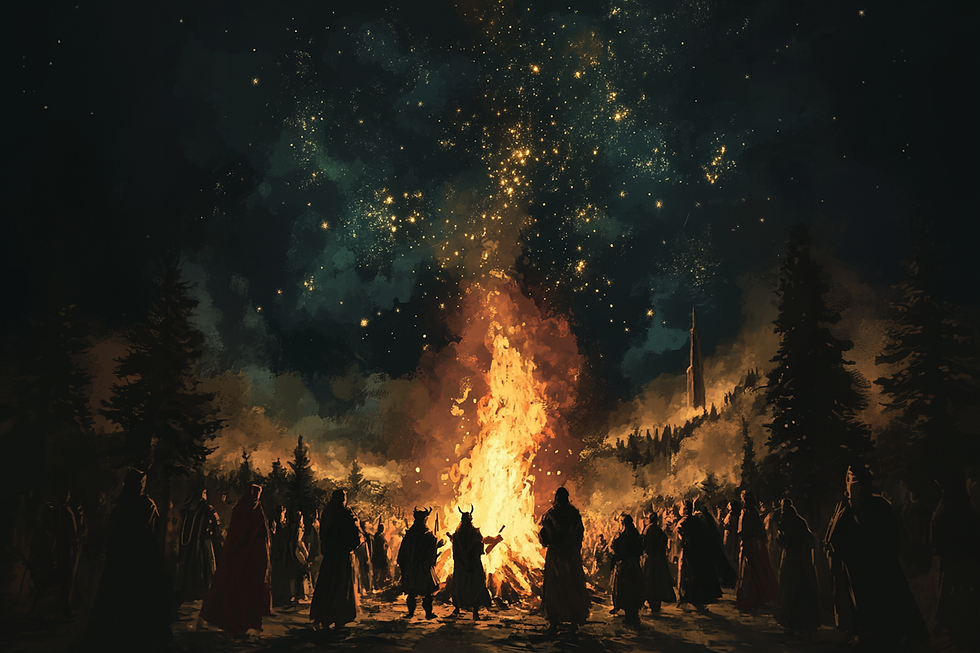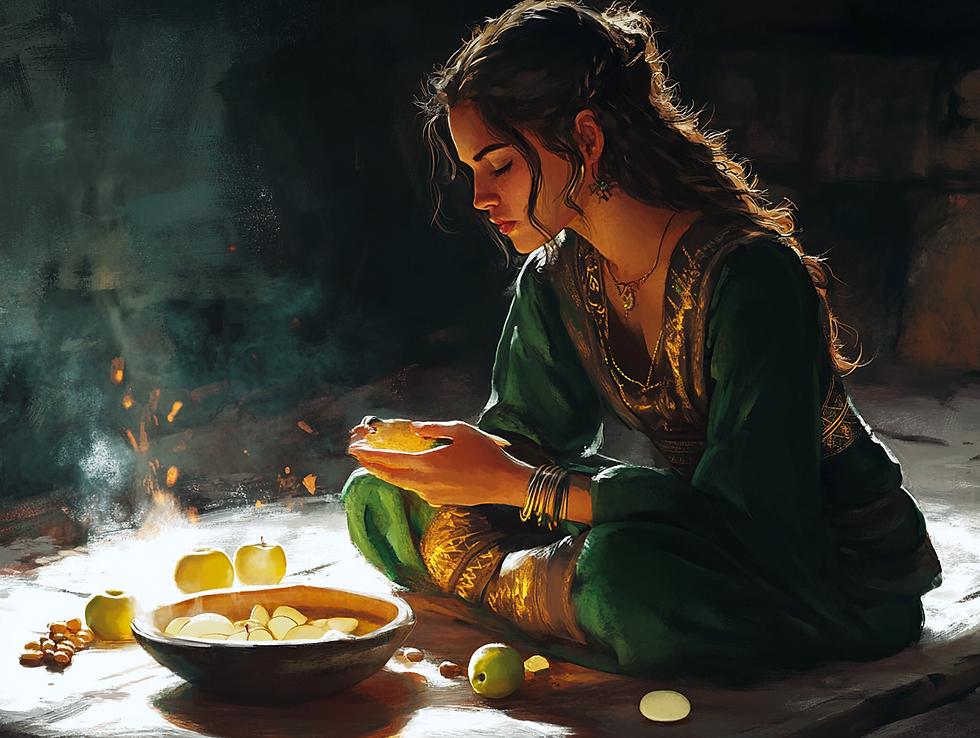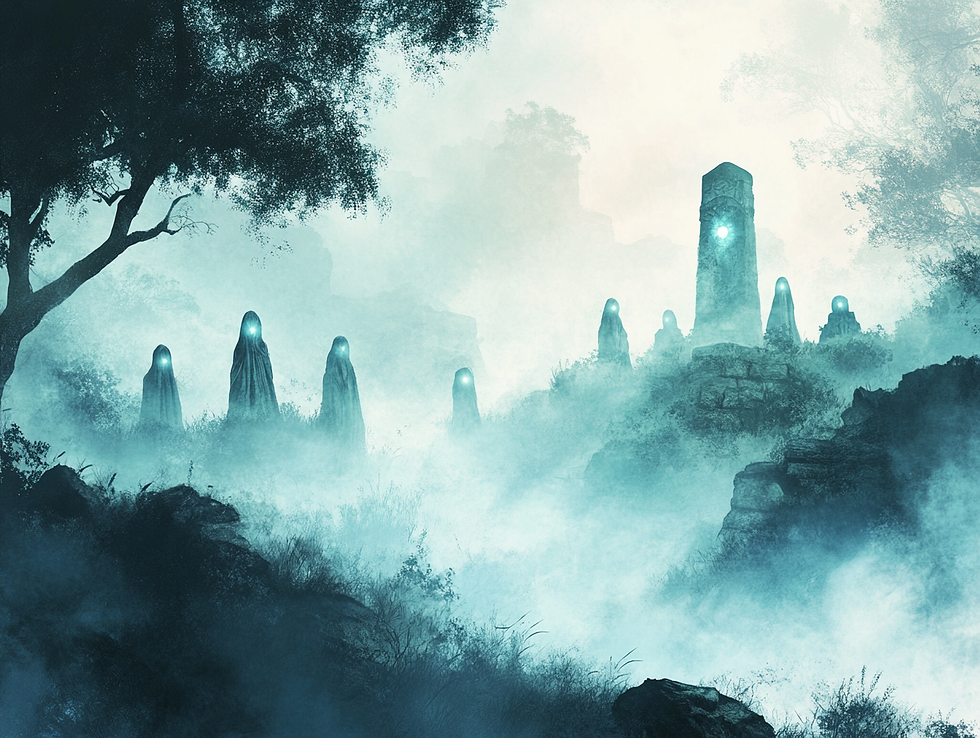Samhain (pronounced “sow-in”) is one of the most significant festivals in the ancient Celtic calendar. Celebrated on the night of 31st October to 1st November, it marked the end of the harvest season and the beginning of winter. For the Celts, Samhain was much more than just a seasonal marker; it was a mystical time when the veil between the worlds of the living and the dead was at its thinnest, allowing spirits to roam freely. Let’s delve deeper into the origins and history of this fascinating celebration, and explore its links to the modern-day festival of Halloween.

Ancient Celtic Roots
Samhain, along with Imbolc, Beltane, and Lughnasadh, was one of the four key fire festivals in the ancient Celtic calendar. For the Celts, who lived across much of Ireland, the British Isles, and parts of northern France, Samhain symbolised the beginning of the dark half of the year. It was a time of transition, both in the physical and spiritual realms. Livestock were brought in from the summer pastures, and crops were harvested and stored for the coming winter.
However, Samhain wasn’t just about the practicalities of survival. It was also a time when the boundaries between the world of the living and the realm of the dead grew thin, allowing spirits and supernatural beings to cross over. To appease these wandering spirits, offerings of food and drink were made, a tradition that laid the groundwork for what would become modern “trick-or-treating.”

Fire, Bonfires, and Divination
One of the central elements of Samhain was the lighting of huge bonfires. These fires had both a practical and spiritual significance. On a practical level, they provided warmth and light as the cold, dark months approached. Spiritually, the bonfires were believed to help cleanse and protect the community from malevolent forces, as the flickering flames were thought to ward off spirits with ill intent.
Interesting rituals would often take place around the fire. For example, people would sometimes walk between two bonfires as a means of purification. Cattle, too, were driven through the smoke as part of a blessing to protect them for the winter months ahead. It was also a time for divination, with many ancient Celts using this period to seek insight into their futures. They might interpret signs from the smoke or flames, or even perform rituals involving apples, nuts, or mirrors to see what the coming year had in store for them.

The Mysterious Aos Sí
One of the less well-known aspects of Samhain is the belief in the Aos Sí (pronounced “ees shee”), a race of otherworldly beings thought to inhabit the landscape. Often associated with fairies, the Aos Sí were believed to be particularly active during Samhain, when the line between their world and ours was weakest. It was common practice to leave offerings of food and drink outside for these beings, as it was believed that neglecting them could bring misfortune.
Interestingly, in some areas, the Aos Sí were not seen as entirely malevolent or benign but as powerful and capricious entities that needed to be treated with respect. This ties into the general theme of Samhain as a time when supernatural forces needed to be navigated carefully.

From Samhain to Halloween
When Christianity spread through the Celtic lands, the early Church sought to replace or absorb many of the pagan festivals with Christian holy days. In the case of Samhain, this resulted in the establishment of All Saints' Day on 1st November, a day to honour all saints, particularly those without a feast day of their own. The evening before became known as All Hallows’ Eve, eventually morphing into Halloween.
While Halloween today is often viewed as a fun, spooky celebration filled with costumes and candy, many of its traditions are deeply rooted in ancient Samhain customs. The practice of carving pumpkins, for instance, likely evolved from the Celtic custom of carving turnips or other vegetables into lanterns, which were used to ward off evil spirits. Likewise, the modern tradition of dressing up in costumes harks back to the practice of wearing disguises during Samhain to confuse wandering spirits.
Another interesting link between the two festivals is the act of “souling.” In medieval Britain, the poor would go door to door offering prayers for the dead in exchange for food, a practice that can be seen as a precursor to today's trick-or-treating.

Modern Samhain Celebrations
Today, Samhain is still celebrated by many in the Pagan and Wiccan communities, where it is viewed as a time for honouring ancestors, reflecting on the cycle of life and death, and welcoming the darker half of the year. Rituals might include lighting candles, creating altars, and performing acts of divination. It’s also a time for connecting with nature and the natural rhythms of the earth, acknowledging the shift in seasons and preparing for the quiet, introspective months ahead.
Interestingly, as Halloween has become more commercialised and globalised, there’s been a resurgence of interest in the deeper, more spiritual aspects of Samhain. Many people are seeking to reconnect with its original meaning, finding solace in its focus on death as a natural part of life’s cycle, rather than something to be feared.

Conclusion
Samhain is a rich and ancient tradition that speaks to the cyclical nature of life, death, and rebirth. While its surface elements—bonfires, costumes, and spirits—have evolved into the modern Halloween we know today, the essence of Samhain remains deeply rooted in our collective history. As we celebrate Halloween each year, we’re unknowingly carrying forward the customs of a festival that has shaped human understanding of the world and the unknown for thousands of years. So, as the nights draw in and the air grows colder, remember the ancient roots of this season, and perhaps light a candle for those who came before.

Comments